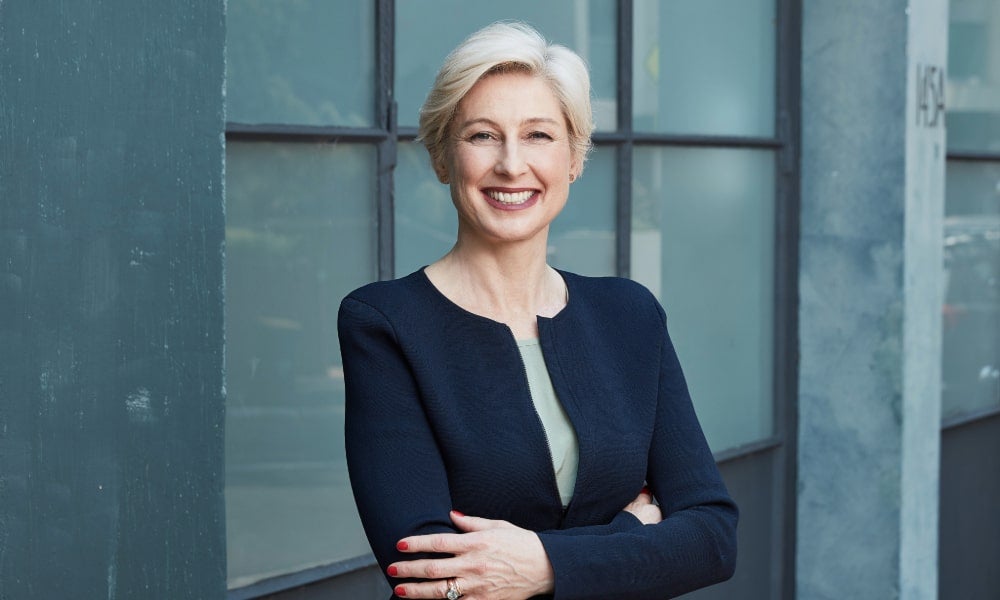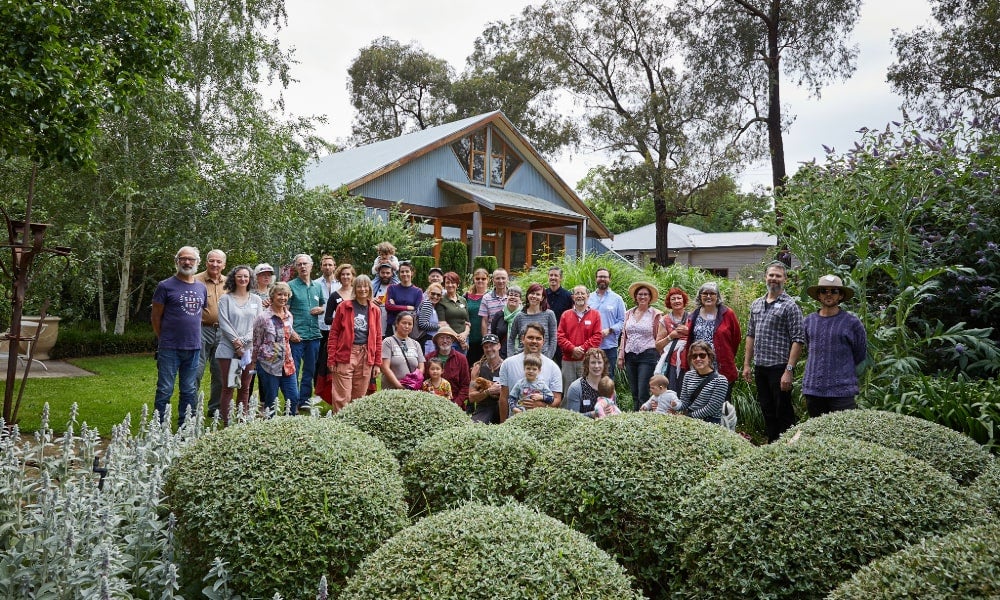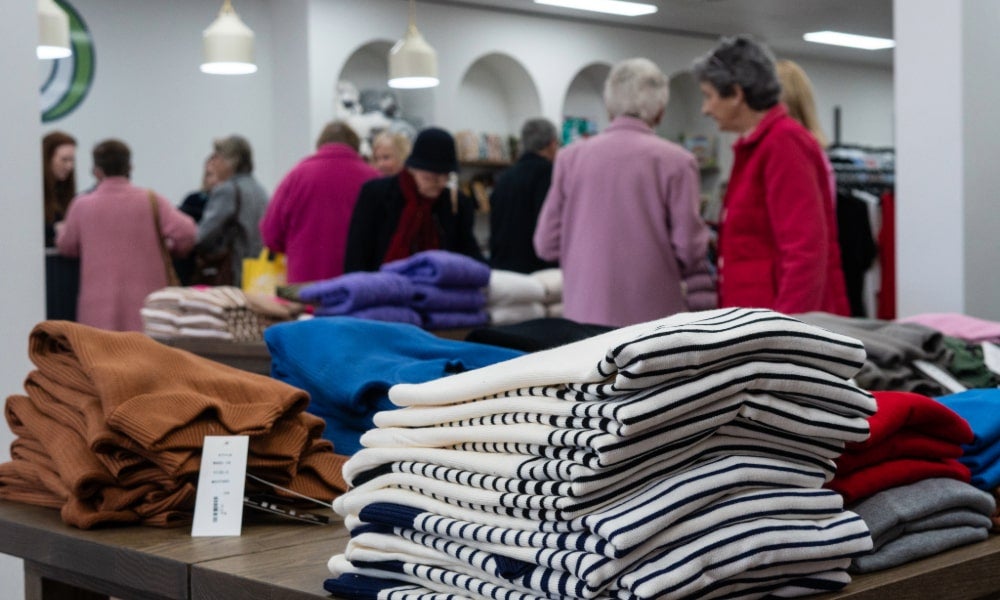How a development fund wants to help co-ops save the world
In an era of impact investing, an enterprising new fund is highlighting the ability of co-operatives and mutuals to meet important social, economic and environmental goals
While social enterprise has emerged as a focus in recent years as societal upheaval necessitates new business solutions with the social licence to operate, it’s by no means a new model, according to Melina Morrison, CEO of the Business Council of Co-operatives and Mutuals (BCCM), the peak body representing the co-operative movement in Australia.
She explained that modern co-operatives and mutuals emerged in the context of the Industrial Revolution when workers and farmers, faced with challenges like expensive and low-quality consumer staples, the risk of bad seasons, or the inability to get loans at fair interest rates, came together to form their own businesses to provide these services. The International Co-operative Alliance, the global apex body of the co-operative movement, defines these member-based businesses as ‘an autonomous association of persons united voluntarily to meet their common economic, social and cultural needs and aspirations through a jointly-owned and democratically-controlled enterprise’.
Since the 1800s, the model has expanded around the globe and into other economic sectors: more than one billion people are members of a co-op or mutual, and the movement provides jobs or work opportunities to 10 per cent of the employed population. Australia has more than 1848 active co-ops and mutuals with a combined membership base of more than 33.3 million, according to the BCCM. In 2022, Australia’s top 100 co-ops and mutuals had a combined turnover of $40.4 billion (excluding superannuation funds) and collectively held assets of $1.46 trillion (including superannuation funds).
Importantly for today’s challenges, it’s a model that’s still alive and well. “There have always been parts of society looking for a way to have businesses serve the community and have a social impact, and that think about community as being able to pool capital in a way that can serve the shared aspirations of that community,” said Melina Morrison, CEO of the BCCM.

Impact investing in co-operatives and mutuals
The BCCM recently launched the Bunya Fund, Australia’s first co-operative development fund to support early-stage impact co-operatives and mutuals by providing education, training, advice and other financial and nonfinancial support. Now in its third funding tranche, the fund works with entrepreneurs and communities that have come together to raise start-up capital or attract some investment aligned with their purpose.
Ms Morrison noted that co-operatives and mutuals are organisations that arise out of need. “What we want to do with the Bunya Fund is make sure that when communities are coming together motivated by their collective need, they are able to explore a co-operative and mutual model just as much as any other type of business model; that they’re given the opportunity to receive the subject matter advice, expertise and help in getting started as a business so they have a chance of starting their collective organisation as a co-operative if they choose to.”
To study the fund’s work so far, BCCM recently released the Bunya Fund Impact Report by Professor Emmanuel Josserand from UNSW Sydney’s Business Insights Institute. The report found the fund is garnering strong interest, with 10 recipients covering sectors including care, the sharing economy, retail and construction. “There is growing interest in impact investing and in some cases redistribution of money towards generating impact,” Prof. Josserand told BusinessThink, highlighting “the breadth of the type of organisations involved, but also the huge potential scale once we have done this initial input of cash to help them rise to the next level”.

The fund can help in areas such as the care sector, organic farming, housing, and renewable energy; it can also involve buying back a community asset so a regional area can remain sustainable. “It’s about looking at where the cracks are and where inequality is growing – they’re the spaces in which co-operatives can often help, because co-operation spontaneously flourishes,” Ms Morrison said. “It doesn’t need anyone massaging it; it’s just people acting on need, taking back control, taking back the local economy.”
Prof. Josserand highlighted the diversity of the projects the Bunya Fund has been involved in, as well as the diversity of location. Some follow the more “traditional co-op vision” of niche businesses in regional areas seeking to revive a community by, for instance, buying and maintaining an anchoring supermarket. “I think there are things emerging in the co-op sector that can help address some of the biggest issues Australia is facing,” he said, pointing to the care sector as a critical area where the co-op model can help.
For instance, he said one Bunya Fund recipient, Kingdom Community Life Care (KCLC), illustrates projects that can have a national impact. KCLC started in a disadvantaged Brisbane suburb, but it aims to reach further; moreover, its model is replicable in other communities where care is inaccessible.
“It’s care by the community to the community, and empowering minority groups with employment and access to care and skills training – for their community, initially, and then more broadly,” Prof. Josserand said. “And that’s part of their objective – they want to scale it to a nationwide mechanism to allow access to care and jobs in communities that desperately need it.”

Diverse business models
A co-op or mutual can be any type of business, including for-profit organisations that give back equitably to members as a distributing co-operative. One of the newer business models is platform co-ops, including The Pack, a national project the Bunya Fund is helping that seeks to provide an alternative to Spotify.
“Who is confiscating value at the moment?” Prof. Josserand asked. “It’s these big platforms that give access to music but take most of the margin. The Pack initiative is a platform co-op, owned by the musicians, who can then capture most of the value instead of it going to some anonymous shareholder somewhere.”
For the foundational funders involved – Australian Unity, Bank Australia, CoPower and CBH Group – the development fund represents a straightforward way to promote emerging co-operative businesses. “There are new legislative mechanisms in place so that investors can now invest in a co-op even if they’re not a member and get a return on their investment,” Prof. Josserand said. “It means that, for a funder, you can get the two things you want, impact and a guaranteed return.”
Ms Morrison pointed out that grain exporter CBH, Australia’s largest co-op, is a Bunya funder. “We have funders who are really focused on how they can use their community investment mandate to fund new community ventures where their members live and operate,” she said. “CBH is interested in helping the community of regional Western Australia, where most of its grain farmers live and work, because that’s also part of its community license.”
Read more: CSI’s Danielle Logue on investing for social impact
‘Wicked problems’ and the triple bottom line
Ms Morrison explained that the changing landscape has increased demand for business models with a built-in social license. Co-operatives and mutuals have existed for centuries for this purpose. “Typically, co-operatives start when communities are experiencing a market failure – sometimes it’s an injustice that the market’s visiting upon them, or a social injustice – or a failure of being able to access the services they need to be a sustainable community and have quality of life and living standards,” she said.
The attraction of this model stems from the idea that one need not sacrifice shareholder returns to invest in an enterprise whose purpose is to make a social, environmental or other impact, Ms Morrison said – the idea of serving an “economic triple bottom line”.
“We’re seeing a new generation of ideas around business as being able to serve more than just a single master,” she said. “It’s not just about a slavish devotion to shareholders.”
Exemplifying the co-op model’s potential is Rabobank, the world’s largest agricultural bank, which still has its original co-operative structure. Ms Morrison explained that with member-owners instead of shareholders, the bank has remained able to attract the investment it needs to act on a large scale.
“It hasn’t been inhibited from growing, but it also hasn’t had to change its desire to deliver benefit to members rather than capital return to shareholders,” she said. “It just proves that different models can exist and that they can have primarily a social dimension at their heart if that’s their governance and ownership structure.”

Ms Morrison added that another pathway in which the co-operative model has shown success is retail, where consumers who felt they were getting a bad deal in a non-competitive marketplace came together to form the worldwide movement of consumer co-operatives. “Anywhere in society where you see those ‘wicked problems’ or systemic problems starting to emerge is a place where co-operatives can be a viable vehicle for the community. We’re part of a continuum and are very happy to see social enterprise rising as an option,” she explained.
For now, the Bunya Fund operates essentially as a grant-funding vehicle, helping emerging co-ops and mutuals with some of the harder-to-fund aspects of starting a business, Ms Morrison explained. “We identified a funding gap where these well-intentioned social enterprises by any other name were failing to get other types of grant or seed funding, so we’ve stepped in to fill that gap,” she added. “But together with that comes a co-operative development philosophy about helping them to help themselves.”
To be eligible for a grant, a co-op or mutual must show that it’s a going concern. “You need to show us specifically where you are in your business journey and prove to us how, by getting financial assistance to pay for or deliver something, you’re going to be able to scale and grow and therefore increase your impact,” Ms Morrison said.
That’s why Prof. Josserand’s impact study is important, she added. By examining what recipients received funding for and how it has provided the impact they sought, the fund seeks accountability to ensure it’s helping the right businesses in the right ways.

Addressing the ‘capital conundrum’
Ms Morrison explained that early-stage co-operatives are generally disadvantaged by “the capital conundrum", she said. “They should be able to attract capital if the business case stacks up because, after all, it’s a feasibility question, but the market of private capital doesn’t understand that the co-operative model is a very highly successful and valid way to do business."
That’s where the Bunya Fund hopes to help fill the awareness gap. “In the co-operative sector, we believe we have a stewardship duty so that those larger co-operatives and mutuals that are now sustainable and in many cases quite large, and which have many decades or even centuries of operation, have a duty to provide some assistance for the next generation,” Ms Morrison said.
Prof. Josserand explained that the fund’s long-term goal is to issue loans and/or equity and ultimately become a preferred vehicle for social impact investment. He noted that impact investment is seeing triple-digit growth. “Responsible investment is the bread and butter of financial markets these days, but impact investment is the next generation,” he said. “The Bunya Fund provides grants, giving out money and asking only for some societal impact in return.”
The Impact Report also allows the fund to hold itself accountable to the funders, Ms Morrison explained. “Those applying their funding have not just put money into a pot; they’ve provided their own human capital and created a steering committee for the fund,” she said. “The engagement of the funders, with their skin in the game and their buy-in to the overall success of the fund, has been very important.”
Subscribe to BusinessThink for the latest research, analysis and insights from UNSW Business School
Ultimately, it comes back to communities helping themselves and the co-operative movement supporting new co-operatives, all while serving the triple bottom line. “In the case of the co-operatives we want to help, it is communities that need to build capacity for themselves to sustainably address their collective identified needs,” Ms Morrison said. It’s all driven by building capacity, skills and self-help; it’s about trying to get the co-operative to the next stage of its independence and autonomy so that it’s not grant-dependent.”
Prof. Josserand added that investors view social impact investments with a corrected expected return on investment and, importantly, an adjustment for risk. “We know that co-op enterprises don’t die because their communities support them; it’s part of the business model,” he said. “If you adjust your expected income by your societal impact and reduce risk because the model is much more robust, you get something that’s very attractive to funders. The thing we need to do around the fund is tell the stories so that others can do the same, inspiring this rejuvenation in other areas,” he said.
The UNSW Business Insights Institute delivers economic and business insights, research, and methods to business and government. Using a program-based approach consisting of Knowledge Hubs and Research Labs, the Institute helps industry partners solve complex challenges by linking them to academics and providing them with access to novel research insights. For more information about the UNSW Business Insights Institute, please contact Dr Hastings or Dr Criado-Perez.
